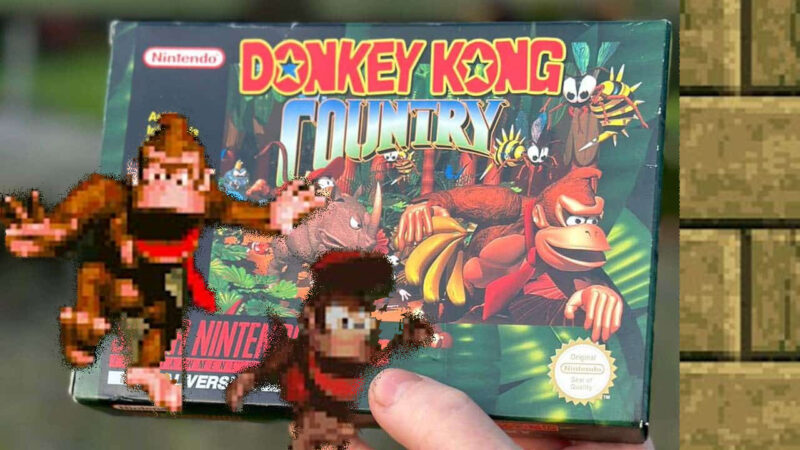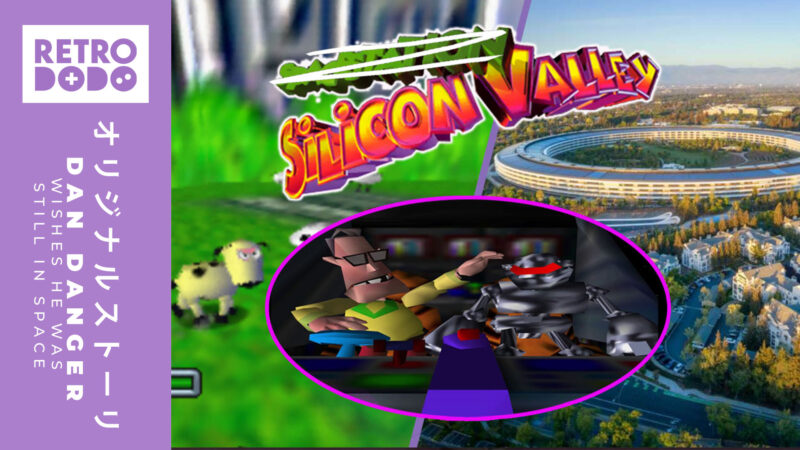Understanding Pokemon Card Rarity symbols can be complicated, not only because Nintendo have never seemed to explain it efficiently, but because there’s a handful of symbols to understand and it can get confusing.
I have been collecting Pokemon cards since 1999, and these symbols has stayed the same ever since, but there has been some new additions over the last few years.
So, let me show you how to easily understand Pokemon Card rarity symbols, by showing you each one and what they mean.
Table of Contents
1. Common Cards – Circle
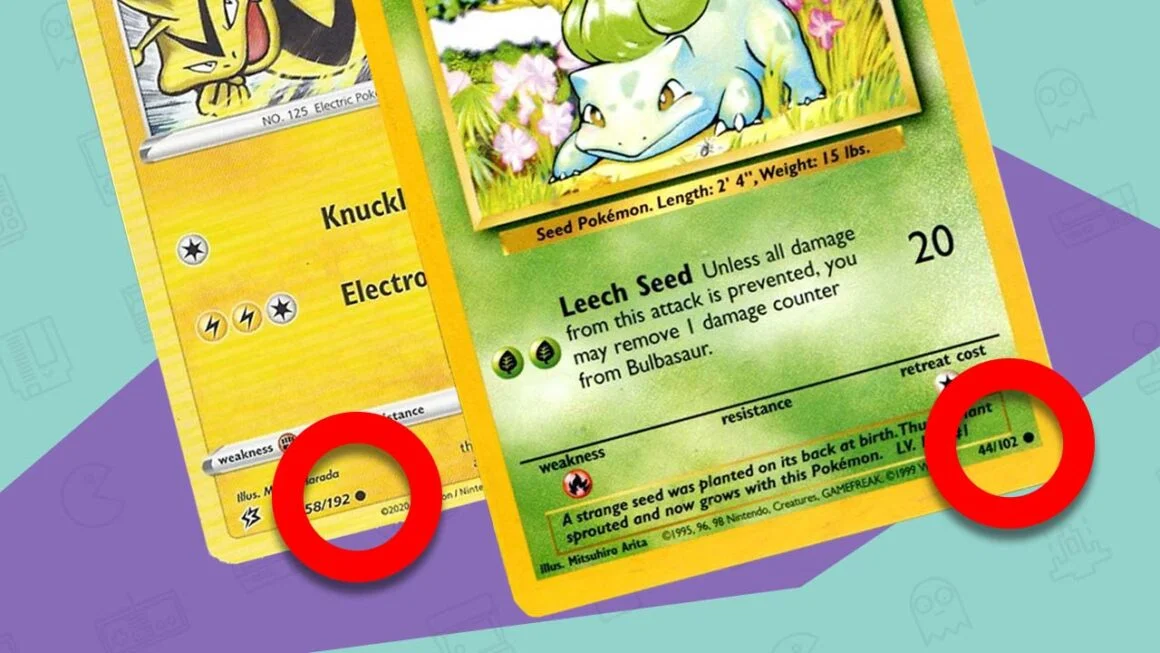
Common Pokemon cards features a small black circle, or a dot located next to the number. This can be found at the bottom of the card typically in one of the corners.
This is the most common rarity of cards throughout the Pokemon TCG, and is not deemed rare or “wanted” in anyway. A pack of Pokemon cards are typically filled with around six common cards.
Most common cards don’t feature any kind of holofoil, or texture to the card and is deemed as a “normal” card.
2. Uncommon Card – Diamond
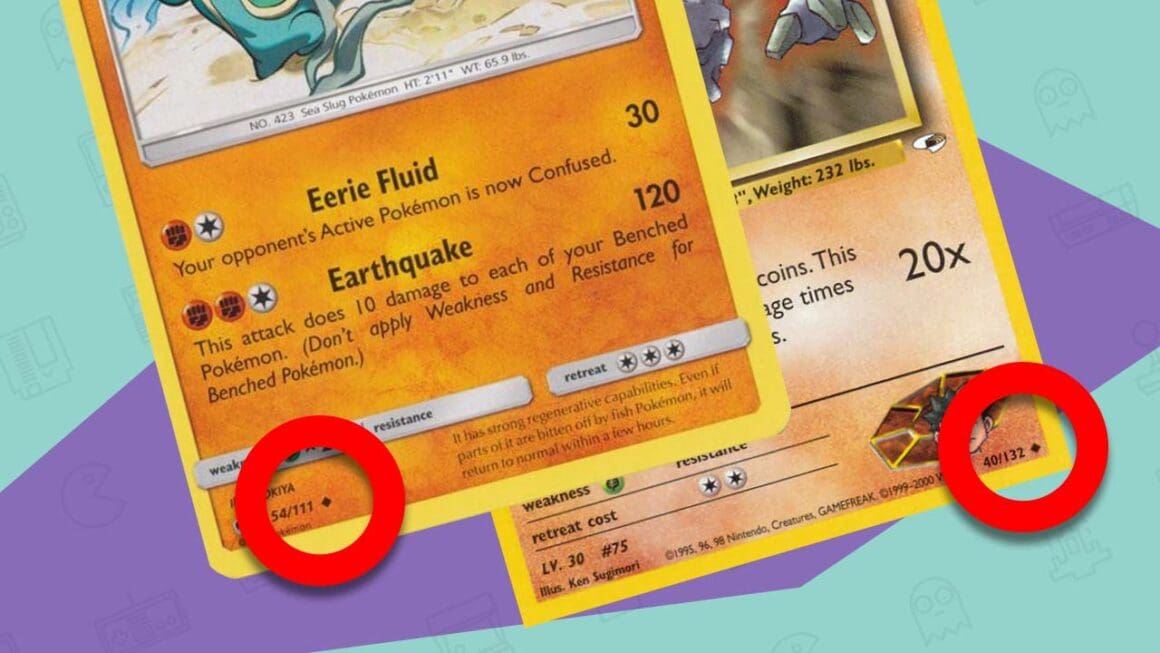
Uncommon cards feature the rarity symbol again at the bottom of the card, typically found in either the right or left corner, next to the card’s number.
These cards feature a black diamond, which is different to other rarities, it is no longer a circle. This means the card you are holding is slightly rarer than the common card.
In every pack of Pokemon cards you will find approximately two uncommon cards. These cards usually feature stronger Pokemon, perhaps new evolutions.
These are uncommon, but are honestly, not that wanted unless it’s from a rare set.
3. Rare Card – Star
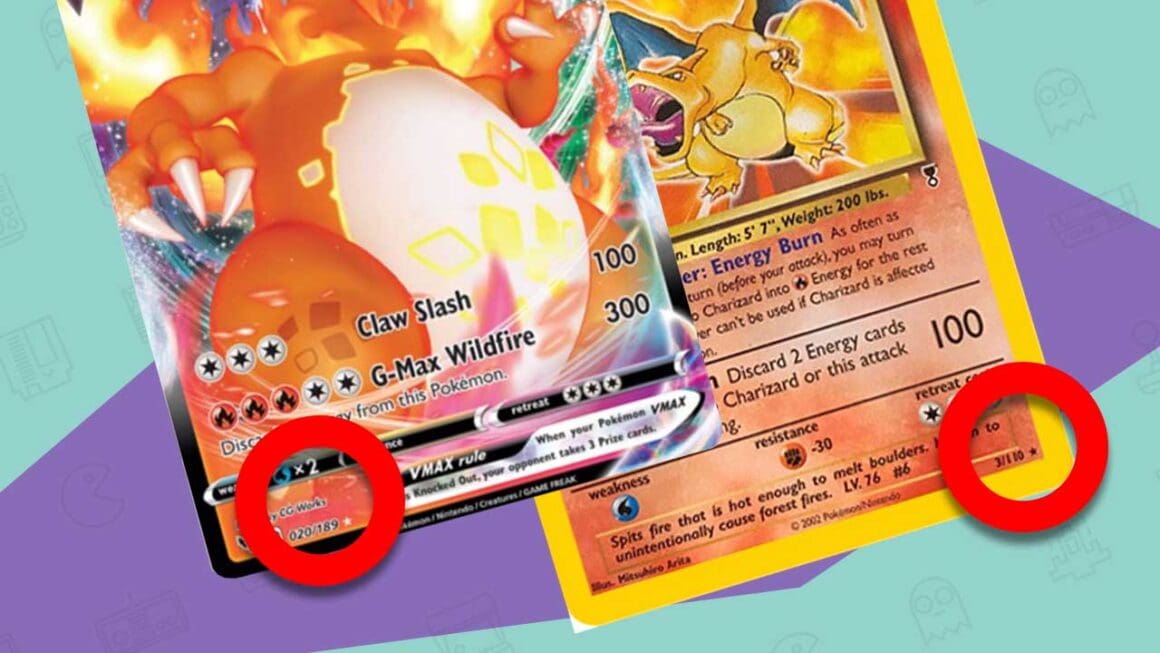
The rare Pokemon card is an easy one to spot, each rare card features a black star in the bottom right or left hand corner next to the cards number.
These are typically the most wanted cards, and are featured just once in every pack. There can be different types of rare cards, for example, a rare card could be a simple holofoil card, this is a card that has a shiny background behind the Pokemon art.
But rare cards can also feature full arts, where the whole card is art, it can be V cards, VMAX cards, gold cards and more.
These are some of the rarest Pokemon cards of the bunch, but there is something slightly rarer than the “rare card” that you are seeing here.
4. Secret Rare – Card Set Number
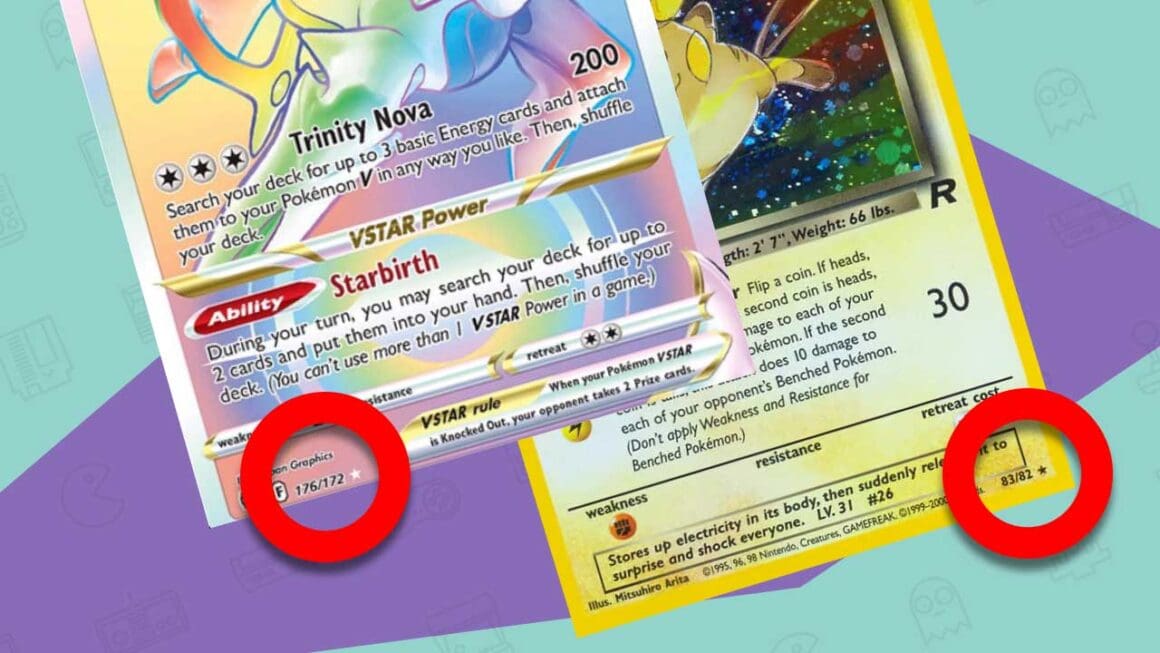
Secret rare cards are slightly harder to spot, because the symbol doesn’t change, so newcomers to the trading card game can easily miss it.
The way of spotting a secret rare is by looking at the number. The definition of “secret rare” in the Pokemon TCG is if a card “secretly” sits outside of the set number.
For example in the image above you can see one card is number 176 out of 172, showing you that it sits outside of the set, and is deemed secret rare.
Again, on the Dark Raichu card on the right, it is number 83 out of 82, indicating that it is a secret rare card.
These cards are far rarer than the “rare” card, in fact it’s so rare that they are only place in 1 in 35 packs, sometimes less, sometimes, but that’s the average.
These secret rares are some of the most wanted cards in the game, if you find one, keep it, make sure you put it one of the best trading card sleeves and keep it safe, it’s very rare!
5. Promotional Card – Promo Star

Finally there is a rarity symbol that isn’t where most symbols are located. This is called the “Promo” symbol.
This indicates the card is not in a set, and has only been made as a promotional extra. Perhaps its apart of a box that comes with a pin, or its in a McDonalds’s happy meal? These are typically promo cards, and in all honesty it’s hard to calculate how rare these are.
Some promo cards can been printed millions of times, some promo cards are only printed 25 times, it all depends on the card.
You can spot a Pokemon Promo card by looking for a big black star with the word “PROMO” across it. This can usually be found in the bottom corners of the card, but in older card it replaced the set symbol, near the art work.
So there you have it a quick guide showing you how to understand Pokemon card rarity symbols. If you like learning more about Pokemon cards, be sure to check out Card Gamer‘s article about Pokemon Card Back Designs too!


